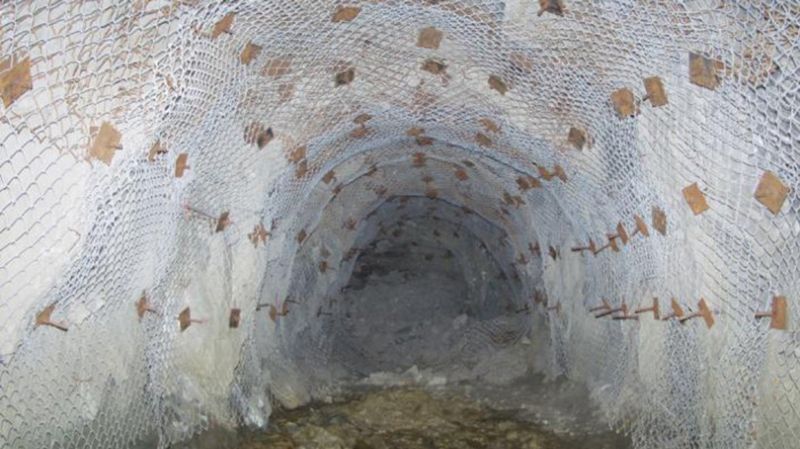Mining3 Technology Leader, Sam Spearing, says developing more effective rock bolt designs that not only take tension into consideration but also bending and shear (guillotine) could significantly improve safety.
In addition, the basic rock bolt could serve a greater purpose by showing principal stress directions in the immediate rock, which could be used to better calibrate computer simulations, according to Spearing.
“Rock bolts have formed part of the underground mining environment since the 1890s and are effective in stabilising and controlling the immediate roof and ribs (sides) of tunnels.
“Although they are an integral part of the underground mining support structure, very little is known about the actual load distribution along a rock bolt. Current design practice only considers the axial load capacity of the rock bolt yet they are subjected to combinations of axial, shear and bending, in situ.”
Rock bolts are generally exposed to a combination of shear, bending and tension that can cause the bolt to deform with increasing displacements along and across faults, joints and beds, potentially leading to failure, Spearing said. In spite of these combined effects, only tensile capacity is currently considered in design and testing.
Adding to this design oversight, tensile capacity isn’t the weakest performance link. Shear capacity, on the other hand, holds roughly 70% of tensile strength, which leads to support designs that tend to overestimate the rock bolts effectiveness, according to Spearing.
Mining3 is currently working on a project to:
- Understand in-situ rock bolt performance;
- Develop computer models that provide a more accurate and visual representation of how rock bolts perform underground;
- Determine the principal stress directions close to excavations, and;
- Create instrumented rock bolts that can measure load along the length.
Spearing said: “A broader outcome of this project will be the ability to remotely monitor the loading on rock bolts in real time from a control centre on the surface. Providing this level of visibility would allow miners to better predict failures and avoid them, which could be a game changer in the field of rock related safety in underground mines.”
A separate follow-up project is already approved and funded to design a specific instrument to measure total strain in the immediate roof or rib, according to Spearing.
Current technology being tested in conveyor monitoring has a similar application in which, through the use of fibre optics, it is able to pick up signature acoustics that indicate movement related to stages of failure in rollers, according to Spearing. “In the case of monitoring rock bolts, if fibre optic cable is adhered on or within the rock bolt, it will enable the detection of ground movement. Data is analysed, interpreted and presented from an offsite control centre and could indicate where and when tunnel failure may occur,” he said.











